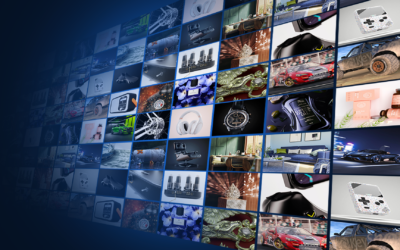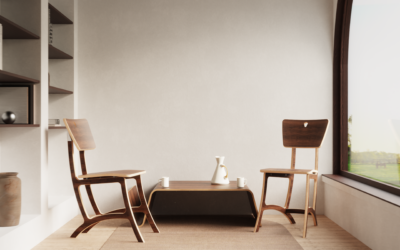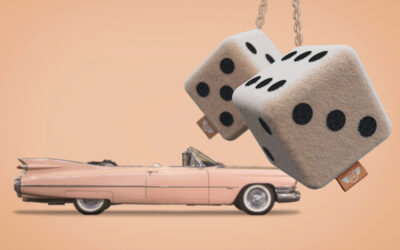A recent article on 3Dprint.com described how Rosenbauer, the world’s leading manufacturer of systems for firefighting and disaster protection:
“In the process of equipping a truck with the tools requested by the customer, Rosenbauer started to go fully digital to fit all of the equipment into the vehicle. The digital models of the requested products to be integrated in the truck are fitted into the virtual vehicle in KeyShot. This allows the Rosenbauer Team to react quickly to customer’s comments and change requirements in the customization journey. It also saved them a great deal of time to go fully digital.”
Rosenbauer is a long-time customer of KeyShot reseller INNEO Solutions GmbH. In another article published on their corporate blog, Franco Zipperling further describes how this has helped Rosenbauer communicate with customers through images and animations rendered using KeyShot.
“And Suddenly I’m Understood”: 3D Visualization of Aerial Ladders
by Franco Zipperling, CGI-Product Visualization, Rosenbauer International AG
A sales representative has the 2D project drawing of the new aerial ladder lying on the table. He explains the new vehicle to the customer in elaborate terms. Both leave the meeting with their own ideas of what the aerial ladder will look like. As long as the sales representative has pictures of the vehicle in addition to the project drawing, or can show the aerial ladder in real life, both have a clear picture of what the aerial ladder will look like in the end.
But it’s a different story if the new aerial ladder has never been built before because it is a new concept. If only a 2D project drawing is available to explain the new product, then it is no longer guaranteed that the sales representative and the customer interpret the lines of the 2D project drawing in the same way.
No room for interpretation
Example: “Imagine a blue elephant for 5 seconds.” The big question now is whether the blue elephant in your mind matches the one that I’m imagining. There’s a good chance that they are different. My blue elephant can more or less deviate in size, shape, weight, color tones and the structure of the material used. Clear communication between us can only be restored once I can actually show you my blue elephant.
This is exactly where photorealistic visualization offers unbeatable benefits when communicating with customers.
Although the aerial ladder has not yet been built, the photorealistic visualization gives the customer a clear idea of what the aerial ladder will look like. From the shape and coloring to the stickers, everything corresponds to the state that’s delivered to the customer in the end.
However, the visualization of aerial ladders is not limited to photos. It is also possible to create animations that allow the customer to experience the ladder even more realistically. This makes it possible to virtually simulate an aerial ladder that has not yet been built on a customer’s building or street.
The customer can thus be confident that our product meets all the desired requirements of his environment. The successful simulation of aerial ladders in critical streets and on special buildings has already proven this.
Through the visualization of our aerial ladders, the communication with the customer is unambiguous. After the meeting with the customer, I can be sure that the concept of “our blue elephant” is identical. As a sales representative, I am sure that I have been understood and I know that the customer has understood me too.
This innovative method is currently used exclusively for the visualization of new aerial ladder and aerial rescue concepts.

Franco Zipperling
When it comes to CGI, VR and AR at Rosenbauer Karlsruhe, it’s Franco Zipperling’s turn. Thanks to his animations, key-shot models and photorealistic illustrations, Rosenbauer customers can visually experience the high technological standard of the vehicles even before they are actually produced and examine the most varied deployment scenarios for aerial ladders.







0 Comments